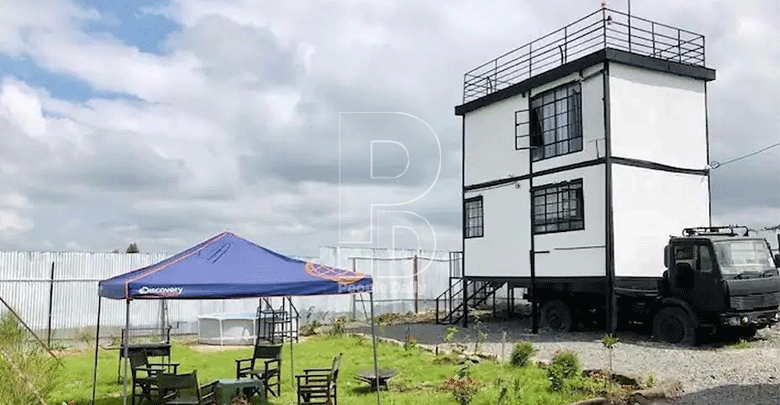Interior designer with a keen eye for detail and authenticity
By Harriet James, August 20, 2021What inspired your love for both architecture and interior design?
It’s my father, who is an architect as well. Growing up, I always liked to follow him around to the various sites he used to work in.
I was also quite keen when he had minor renovations to our family home. He saw my interest and engaged me on how to improve and make some of the spaces he worked on better.
I joined the University of Nairobi in 2008 for six years to pursue architecture and I enjoyed every bit of it.
After my undergraduate, I worked as an intern at Planning Interiors Ltd, which I consider one of the best foundations for taking the interior design route. I learned to pay attention to the smallest of details.
My boss was a keen and meticulous designer, who did all his work in hand sketches. His work was very detailed and he ensured all aspects were captured and auctioned on site.
Unfortunately, it was tough for the company at the time and so, they were unable to absorb me at the end of my internship.
I opted to go and work as a graduate architect, after all, I needed to work under a registered architect for two years to ensure I could sit for the Board of Registration of Architects and Quantity Surveyors (Boraqs) exams.
How was it constructing the truck house in Machakos?
So, last year in June, media personality Ian Wafula, the owner of the house, came to me with an idea of developing a non-conventional house on a parcel of land he had acquired.
The initial idea was to do this using a container. I had just completed a project using the same for another client.
We used concrete panels for both walls and floors. Initially, we wanted to use iron sheets, but that would require an insulation layer and internal gypsum walling.
Concrete panels proved to be the best choice, because they save time, as they come precast, they provided similar insulation to masonry-heat and sound and most importantly, it would give us the flexibility of doing final finishes on the construction.

Their raw nature was coarse enough to accommodate tiles and areas that needed painting, only required to be skimmed.
So, as we were weighing our options on this, Ian came across a grounded track and asked if we could use that instead.
Why are many people drawn to creating such spaces?
Many people draw the conclusion that these non-conventional projects are cheaper, when they really aren’t.
I think people are looking for unique designs that reflect their personas. Others may be looking at savings, either on cost or time or materials or the environment generally.
And with the internet, and sharing of information and ideas has become so vast and rapid that it’s pushing both designers and clients to consider out-of-the-box options and tailor-make them to suit their own requirements or preferences.
What’s the cost of creating such projects?
More often than not, they tend to cost more than simple ‘brick and mortar’. If you look at the truck house, we needed to use quite a lot of steel, as our support structure. Steel isn’t cheap.
Why are interior designers relevant in today’s construction industry?
I think it’s relevance lies in the fact that we are becoming more and more aware of our environment and its impact on our moods and energy.
We are conscious to create work environments that foster collaboration and better working environments.
Talking of moods, which colours suit different spaces?
Kitchens or eateries often look good in vibrant colours, such as orange and yellow to boost energy.
Bedrooms are places of rest and therefore, warmer colours should be used. However, I feel that colours may differ depending on a person’s personality.
Offices also are becoming more bold in their palette selection to emulate vibrancy and energy in the working space.
Some, however, go neutral to ensure they play the inclusive role for all the users of their spaces. I guess it depends on the brief by the client.
What are some of the challenges you have faced as an interior designer?
The first one is trying to balance client’s expectations vis a vis the budget provided.
Of course, there are hacks you can consider to cut down some costs, but at times, it just can’t work.
Some clients are also hesitant to pay for your services, or think your service is not worth what you’ve charged them. Most think interior design is something done as a passtime.
There are also clients who just want you to do it for free, for exposure. The one I find worse is where clients tell you to do the first project for free, and then pay you in consequent projects.
Another challenge is that we are trained for six years in architecture and during this time, we are trained to pitch, how to present projects, and how to deal with people on set, but the most important thing that I feel we should have been taught is how to manage clients.
Learning how to understand the clients and manage different temperaments takes time.
Also, as much as I am the designer, my work is to ensure that I produce something that the clients like.
I have learnt to take the design off myself and put myself in my client’s shoes.
